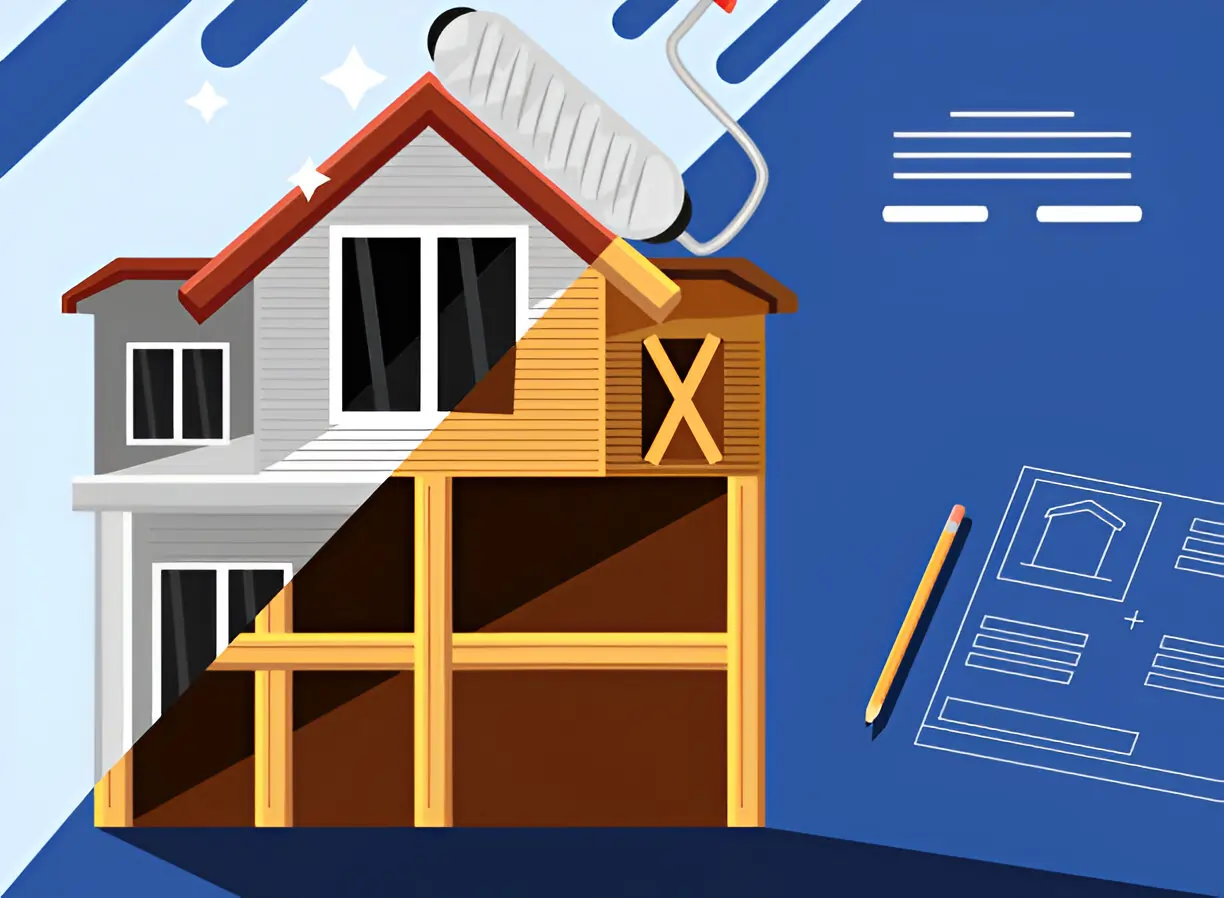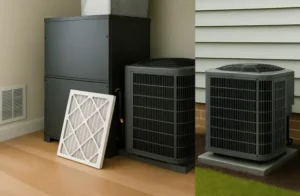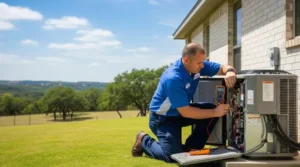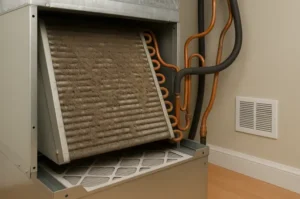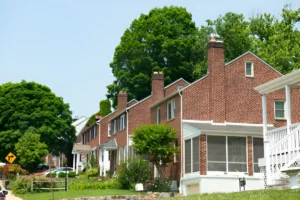Balancing Style and Durability in Home Exteriors
Upgrading a home’s exterior is an opportunity to make an impression that lasts for years. Yet, the balance between a beautiful facade and a resilient structure is one that many homeowners struggle to achieve. Emerging trends and expert recommendations emphasize the importance of selecting designs and materials that complement your personality and stand the test of time. Seeking guidance from local professionals—such as experienced Columbus OH roofing contractors—can help avoid choices that look stunning but may falter under the weight of seasonal storms or daily wear. The right partnership makes it possible to create an exterior that turns heads and weathers years of sun, wind, and rain.
Recent innovations have opened a world of possibilities in exterior design, extending far beyond traditional cladding or paint. According to Architectural Digest’s overview of exterior design trends, today’s popular exteriors often feature a sophisticated mix of contrasting colors, rich natural textures, and clean architectural lines. Bold details, such as contemporary windows and geometric elements, are being used to increase visual interest while durable finishes protect against fading and cracking. This focus on aesthetic appeal and practicality reflects a growing preference among homeowners for spaces that feel unique and require less maintenance over time.
Popular Material Choices for Modern Homes
The array of siding and roofing materials available today has never been greater, making it easier to find an option that checks every box for durability, value, and style. Engineered wood siding replicates the warm, authentic look of traditional wood. Still, it comes fortified against pests, rot, and moisture, making it a practical choice for a busy or growing family. Likewise, fiber cement offers the timeless elegance of masonry or stucco while resisting fire, cracks, and fungus, which is particularly beneficial in regions with fluctuating weather.
- Engineered Wood: Delivers high-end curb appeal while being less susceptible to warping or insect damage than solid timber, saving on maintenance and replacement costs.
- Fiber Cement: Adapts to almost any style, allowing for various finishes and colors that stay vibrant even after years of sun exposure or temperature swings.
- Premium Vinyl: Continues to be a top contender for those seeking affordability, color retention, and minimal regular upkeep, making it a practical option for various geographic regions.
A National Association of Home Builders report highlights that consumer preferences are rapidly shifting toward products that provide inherent insulation and increased longevity. Innovative installation methods and finishes allow homeowners to mix materials, textures, and colors for a custom look that performs well against the elements and everyday life.
Energy Efficiency Trends for Exteriors
A truly modern exterior appeals to the eye and supports a home’s energy performance. Insulated siding options, cool roofing materials, and tightly sealed window assemblies can help reduce monthly energy bills and create a more comfortable year-round environment. Research from the U.S. Department of Energy has found that upgrading insulation and using reflective products in exterior construction can lead to up to 15% annual utility savings.
- Installing a cool roof covered in reflective coating minimizes heat absorption, keeps attic spaces and living areas cooler in summer, and reduces air conditioning needs.
- Modern windows with low-e (low emissivity) coatings or triple glazing block unwanted heat transfer, helping to keep homes cozy in winter and cool in summer.
- Sealing exterior penetrations—like those around vents, pipes, and fixtures—with durable, weather-resistant flashing preserves indoor temperatures and protects insulation quality.
Even the color palette on a home’s exterior can affect energy use. Light-colored paints and siding reflect more sun rays, contributing to cooler interiors, particularly vital for dwellings in direct sunlight or warmer climates. This means that design choices don’t just influence visual appeal—they have a measurable impact on a home’s environmental footprint and running costs.
Incorporating natural elements into your home’s exterior can significantly enhance its appeal and value. One effective way to achieve this is through professional landscaping services. For those in the Carrollton, GA area, exploring options for Carrollton, GA landscaping can provide tailored solutions that blend seamlessly with the local environment. By integrating native plants, sustainable materials, and innovative design techniques, homeowners can create a harmonious outdoor space that complements their home’s architecture. This approach not only boosts curb appeal but also fosters a welcoming atmosphere for both residents and guests, making it a worthwhile investment for any property.
Design Tips for Boosting Curb Appeal
Curb appeal can make or break first impressions. Often, the little details create “wow” moments—a freshly painted door in a bold hue, a row of neatly trimmed shrubs, or unique exterior lighting that highlights architectural features even at night. When combined, these small touches can transform an ordinary exterior into the envy of the block. For more dramatic impact, homeowners are increasingly experimenting with mixing exterior materials, such as pairing brick with modern metal or blending stone with horizontal and board-and-batten siding.
Simple Ideas for Major Impact
- Revamp mailboxes or install new house numbers in modern fonts for an immediate style update.
- Stagger landscaping plant heights and use a variety of species to provide interest and color across seasons.
- Install exterior lighting to accent walkways, gardens, and interesting architectural details, ensuring your investment stands out after dark and in daylight.
According to real estate industry research, homes with outstanding curb appeal often sell more quickly and for higher prices than their less-polished counterparts. Investing in exterior design upgrades is not just about daily enjoyment—it’s a strategy that can pay dividends at resale.
Weather Challenges and Practical Solutions
No matter how stunning a home’s exterior may look, ensuring it’s built to withstand local weather is vital. This means thinking beyond beauty and focusing on safety, resilience, and long-term protection. For areas prone to harsh winters or summer storms, opting for impact-rated shingles, wind-resistant siding, water management solutions, and robust gutter systems is essential. Ignoring these considerations can lead to water infiltration, compromised structure, and expensive repairs over time.
- Installing advanced flashing systems around chimneys, skylights, and wall intersections keeps water out of vulnerable areas.
- High-rated siding materials defend against hail, wind, and flying debris, helping to minimize repair costs after adverse weather events.
- Strategic landscaping solutions, like rain gardens or stone retaining walls, can absorb runoff and direct it away from foundations, preventing erosion and basement leaks.
Coordinating these features with an experienced contractor ensures that every element—roof, walls, gutters, and landscaping—works in harmony to protect the structure and maintain its visual appeal over the years.
Cost Considerations and Smart Planning
Home exterior projects are exciting investments, but careful budgeting is crucial for long-term satisfaction. Comparing itemized bids from multiple contractors helps you spot value and understand where your money goes. For many homeowners, breaking down a large project into phases—starting with the most urgent repairs and saving aesthetic upgrades for later—makes the process more affordable and less overwhelming.
In addition to standard payment plans, check for local or federal incentives that reward energy-efficient or sustainable improvements. These credits and rebates can help offset upfront costs for insulation, efficient windows, or solar-ready roofs. Planning and open dialogue with your chosen contractor helps set timelines, ensure quality, and keep surprises to a minimum throughout the project lifecycle.
Tips for Cost-Effective Projects
- Gather detailed bids from at least three contractors for each phase of work.
- Ask about industry or manufacturer warranties and define what is included and excluded from coverage.
- Discuss possible phased approaches or flexible financing that align with your current budget and long-term vision.
Sustainability in Exterior Construction
Eco-friendly exterior upgrades are popular as homeowners recognize their value for the planet and their property. Recycled or reclaimed building materials, locally sourced lumber, and innovative water management systems like rainwater harvesting tanks are becoming baseline requests for those rebuilding or renovating. These projects reduce landfill impact and conserve energy, often lowering ongoing maintenance needs.
Recent news about green buildings from the EPA covers the growing interest in green buildings. The EPA also reports that many municipalities include eco-criteria in permitting and incentives. Sustainable upgrades can influence everything from property value to eligibility for green financing. As more homeowners choose solar-ready roofs, permeable driveways, and native landscaping, home exteriors transform into spaces that work harmoniously with their environment.
Choosing the Right Partner for Your Exterior Project
Selecting an exterior residential construction company should be done with as much care as choosing your exterior materials. Research providers who can demonstrate a history of successful projects, satisfied client references, and clear, prompt communication from day one. Red flags include vague warranties, missing portfolios, or unclear project milestones.
- Ask to review before-and-after photos of projects that align with your needs and style.
- Request a firm project timeline—including estimates for weather delays—and a list of potential extra charges.
- Look for a company that prizes skilled artistry and customer service, is willing to answer questions, and adapts efficiently to unforeseen issues.
A thoughtful partnership, grounded in expertise and transparency, ensures a final result that’s beautiful, resilient, and tailored to your family’s needs today and future goals tomorrow.
Read more: How Online Homeschooling Shapes Student Success in a Digital World – Croudmomentum.com
Master the Art of Driving for Personal Empowerment
Choosing Energy-Efficient Windows for a Greener Home
